This article was co-authored by wikiHow staff writer, Savannah Vold. Savannah Vold graduated from the University of California at Santa Barbara in 2020, earning her B.A. in English with a specialization in Literature and Culture of Information. Passionate about accessibility and fostering a love for the arts, she started her literary, arts, and culture-based website, The Executant. At wikiHow, Savannah feels fortunate to learn about new and exciting topics daily and is driven to empower anyone, anywhere, by providing accurate and engaging knowledge.
Learn more...
Are you freezing and need to get your car heater going ASAP? Lucky for you, turning your heater on is as easy as 1—2—3! In this article, we’ll teach you how simple it is to turn on your car heater and adjust the temperature controls and fan speed, so you’ll be nice and toasty in no time. Read on for warm feet!
Things You Should Know
- Turn on your engine and give it a few minutes to warm up.
- Adjust the temperature dial by turning or pushing it right for high heat or left for low heat.
- Toggle the fan speed control by turning or pushing the fan speed dial to the right for high airflow and left for low airflow.
Steps
Turning on Your Car Heater
-
1Turn on your car’s engine. Whether you have a key ignition or a push-button ignition, turn your car’s engine on. The engine is responsible for generating the heat that gets pushed through your vents when you turn the heater on.[1]
- It typically takes around 5 minutes for your car’s engine to heat up, so you can either start driving or let your car idle for a few minutes.
-
2Turn the temperature dial to adjust the heat level. The temperature dial is usually located in the center console and has blue and red coloring. Blue indicates cold air, while red indicates hot, so adjust your dial toward the red (usually to the right). The further you turn or push the dial to the right, the higher the heat level will be.[2]
- If you have a digital display, simply click on the temperature control icon and press the + button on the screen to amp up the heat.
Advertisement -
3Adjust the fan control to your preferred fan speed. Locate the fan speed control (usually directly next to or beneath the temperature control), and turn or push the dial to the right until you’ve found a comfortable speed. The higher the fan speed control, the faster your car will heat up.[3]
- You can also adjust the airflow dial (usually right next to the fan speed control) to direct the heat to specific areas:
- Windshield and rear windshield vents (to defrost a foggy windshield)
- Dashboard
- Windshield and face vents
- Face and feet vents
- You can also adjust the airflow dial (usually right next to the fan speed control) to direct the heat to specific areas:
Troubleshooting Car Heater Problems
-
1Check if your heater vents are closed. It’s easy to accidentally close or lower one or more heating vents throughout your car. If your heater’s on and adjusted to your preferred settings, but you can’t feel any air circulating, check your vents to ensure they aren’t closed.
- Open your heater vents by simply rolling or pushing the dial from one side to the other, up to down, and vice versa, until you can feel the air blowing out again.
-
2Check your car’s coolant level. Check your coolant level to make sure it’s not low. If your coolant level is low, the hot fluid won’t reach your heater’s core and leave you without hot air to heat up your chilly hands and feet![5]
- Always ensure the engine is cool before checking the coolant. Otherwise, you will burn yourself.
-
3Have your thermostat inspected. If you’re still having trouble with your heater after turning your car on, adjusting the temperature, and checking the fan settings, you might have a faulty thermostat. When your thermostat gets stuck, either open or closed, it can stop your car’s heater from functioning or inhibit your engine from cooling properly. [6]
- Make an appointment to have your car inspected to find the root of the problem and ensure that your heater issue is solved correctly.
References
- ↑ https://wtop.com/weather-news/2018/01/car-heater-tips-windows-fogging-turn-air-conditioner/
- ↑ https://www.cnet.com/roadshow/news/how-to-understand-your-cars-climate-controls/
- ↑ https://www.cnet.com/roadshow/news/how-to-understand-your-cars-climate-controls/
- ↑ https://wtop.com/weather-news/2018/01/car-heater-tips-windows-fogging-turn-air-conditioner/
- ↑ https://www.bobvila.com/articles/7-reasons-your-car-heater-isnt-working-properly/
- ↑ https://www.bobvila.com/articles/7-reasons-your-car-heater-isnt-working-properly/
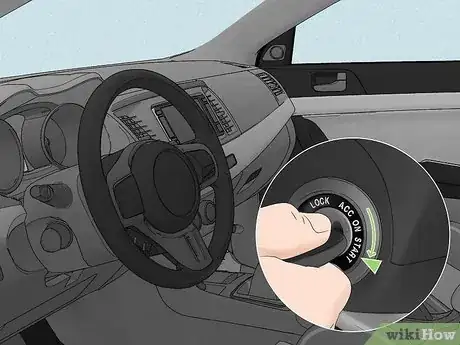
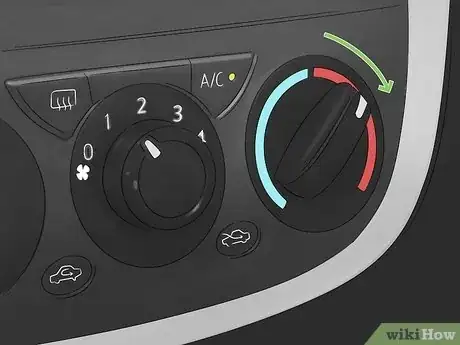

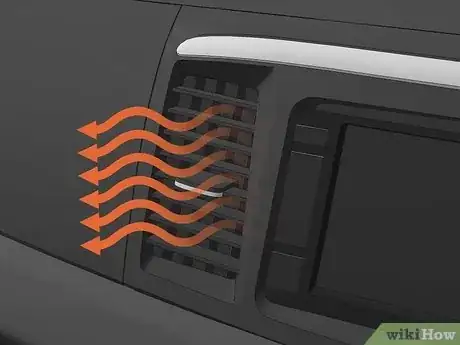
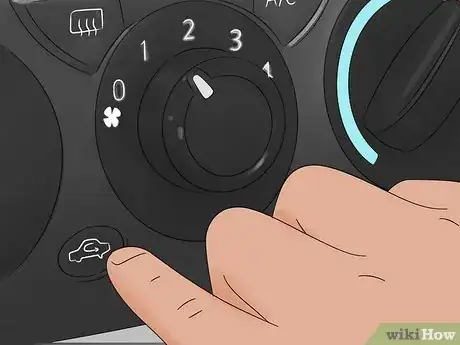
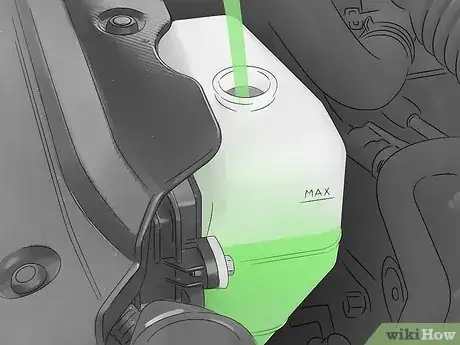
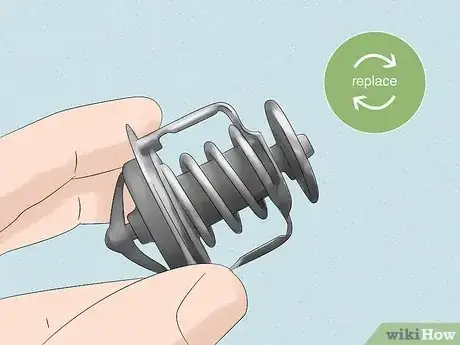
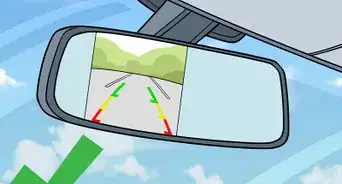


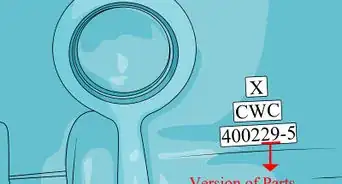



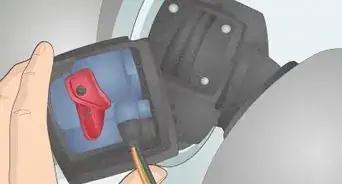
-Beetle-Step-5-Version-3.webp)


















































